Digital Forum: 3 tips for peak planning
July 7, 2021 •Chris Simpson

It may be Euros season but, despite last night’s nail-biter of a match, the world doesn’t stop for football. Following confirmation from Westminster that restrictions will end in England in just over 10 days and in a week where we’ve seen fans flood Wembley Stadium, it’s time for brands to start thinking seriously about this year’s peak. And, as with everything since early 2020, this peak will be different and brands will approach it in different ways.
I had a really interesting chat with digital marketing leaders at 5 forward-thinking brands this morning at a virtual forum we organised to share challenges, ideas and peak planning thoughts.
A mix of brands participated, including footwear, food and fashion brands but all are either digital natives or are well-advanced in their digital transformation. It highlighted the value in connecting with peers because there were several common themes. I wanted to share a few of them and offer some thoughts on ways to tackle them. The actual conversation was far more interesting but you’ll have to join us next time to get the real inside track!
Now is the time to lay the groundwork for peak, even when immediate day-to-day demands are trying to eat up your time. Investing in your peak-time strategy now will pay off in the long term as you’ll be in a better position to make the most of peak trading.
Audiences
Building audiences before peak hits is critical. The dynamics of Facebook and Google auctions through peak mean high CPMs/CPCs, intense competition, and a strong bias towards converting campaigns. This is not the environment to be speaking to a prospective customer for the first time. Let customers get to know you ahead of peak, when there’s less noise. Even if some don’t convert immediately, you will have a warm audience ready to buy when your seasonal offers start; and the earlier you acquire them, the more chance they can spend again in the period. This means spending a little ahead of the demand curve so you may want to prepare for metrics that, short term, seem worse but which will improve as your peak pipeline converts.
Lifetime value
With peak comes the question of lifetime value (LTV). And, as with most things, timing plays a key part. As mentioned above, customers acquired earlier in the season have higher LTV because they have more chance to buy again during peak. To support the business case to invest early, you could look at a monthly cohort analysis of those acquired during prior peaks. It should enable you to quantify the upside.
Aside from the time of acquisition, the loyalty and value of a customer is influenced by a huge range of variables. Google and Facebook know almost all of them, so if you want a higher LTV customer, be sure to seed your lookalike and similar audience campaigns with an upload of repeat customers, not just any customer.
A final point on this (which particularly applies during this most competitive time of the year) is that if you don’t know the true value of a good customer, you won’t bid enough to acquire them. It is worth modelling your allowable cost to acquire based on a peak customer. You may find they are more profitable than a typical customer which gives you more headroom to spend to acquire them. If your campaigns are optimised for ROAS, they may appear efficient day to day, but are your best prospects actually seeing your ads? Not if you aren’t bidding enough.
First-time buyers
The overwhelming consensus from this morning’s group was that first-time buyers are not really customers – more like triallists. Only after the second purchase can brands feel confident that they have really acquired a customer. While this does feed into the lifetime value argument above, it also means that brands need to have really excellent 2nd order communications and offer strategies.
Finding ways to get an initial commitment from customers ahead of time, even if not a complete order, gives you an engaged audience to convert through peak. Swatches for furniture brands, small gifted accessories for fashion brands, and catalogue or brochure requests are all good places to start.
Creating an unexpected ‘wow’ moment can help convert a first-time buyer into a multiple-purchase buyer. For example, a small personalised note from the founder or enclosing a discount code can go a long way and it takes very little extra investment on the brand’s side.
As ever, I hope this gives you some food for thought. If you’d like to participate in a future forum, let us know via the form below.
Chris
Want to learn more about anything in this article? Get in touch here!

